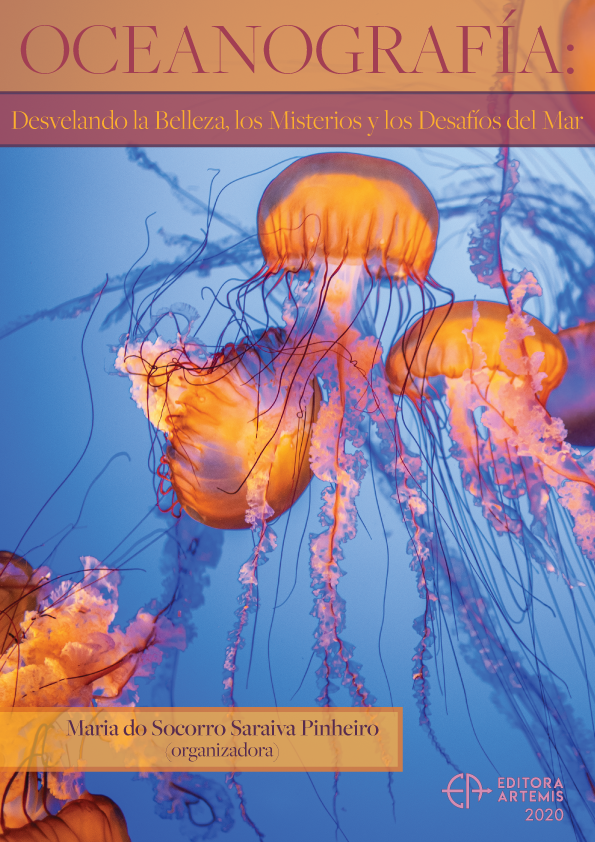
LAS COMUNIDADES MARINAS BENTÓNICAS DE LA RESERVA NACIONAL KATALALIXAR (CHILE) THE BENTHIC MARINE COMMUNITIES OF THE KATALALIXAR NATIONAL RESERVE (CHILE)
La Reserva Nacional Katalalixar se ubica en la Patagonia central, al sur del Golfo de Penas (47,5°S - 48,5°S), extendiéndose en dirección longitudinal desde el océano Pacifico hasta cerca de los glaciares que forman parte de los campos de hielo del sur. La reserva y sus canales y fiordos representan una de las pocas zonas todavía prístinas de la Patagonia con escasa intervención humana. Mediante muestreos biológicos y filmaciones submarinas con un vehículo submarino se analizó la composición de los invertebrados que habitan el sublitoral entre 10 y 200 m de profundidad, en algunos sectores seleccionados entre la parte central y este de la reserva. Se registraron 72 taxa en aguas someras hasta 20m y 143 en aguas profundas. Poliquetos y gasterópodos representaron los taxa más diversos hasta 20m de profundidad, con 19 y 11 especies respectivamente, mientras que esponjas y cnidarios fueron los más diversos con 37 y 28 taxa en el sublitoral profundo. La riqueza más alta en el sublitoral somero se observó el límite sur de la reserva cerca de la embocadura oceánica del Canal del Castillo (19,4 ± DE 8,9 taxa). La mayor riqueza (42,5 ± DE 0,7 taxa) del sublitoral profundo se registró en el norte de la reserva en el Canal del Sureste, entre las islas que colindan con el Golfo de Penas. En el sublitoral profundo se observó una disminución de la riqueza y en la composición de especies hacia el interior de la reserva, donde existe una alta influencia de las aguas provenientes de deshielos glaciares, aportando con altas tasas de sedimentación y aguas menos saladas. El 90% de los invertebrados registrados en el sublitoral profundo de la reserva son distribuidos en toda la Patagonia, destacando la reserva como zona representativa e importante para la futura conservación de la diversidad marina en la Patagonia chilena.
LAS COMUNIDADES MARINAS BENTÓNICAS DE LA RESERVA NACIONAL KATALALIXAR (CHILE) THE BENTHIC MARINE COMMUNITIES OF THE KATALALIXAR NATIONAL RESERVE (CHILE)
-
DOI: 10.37572/EdArt_1633110203
-
Palavras-chave: Patagonia chilena, fiordos, Katalalixar, fauna bentónica, biodiversidad, bentos del sublitoral
-
Keywords: Chilean Patagonia, fjords, Katalalixar, benthic fauna, biodiversity, benthos sublittoral
-
Abstract:
The Katalalixar National Reserve (KNR) is located south of the Penas Gulf in central Patagonia (47,5°S - 48,5°S), and in longitudinal direction extended between the Pacific Ocean and glaciers belonging to the southern Patagonian ice field. The reserve and its surrounding channels and fjords represent one of the few remaining pristine areas of Patagonia without any significant human intervention. The composition of invertebrates from 10 to 220m depth of the sublittoral from selected sectors located in the central and eastern part of the reserve was investigated by means of biological samples and underwater video obtained with a remotely operated vehicle. A total of 72 taxa was registered in shallower waters above 20m and 143 taxa were found at greater depths. Polychaetes and gastropods were the most divers taxa above 20m with19 and 11 species, respectively, whereas sponges and cnidarians were most divers in the deeper sublittoral with 37 and 28 taxa. The highest species richness of the shallow sublittoral was registered in the southern limit of the reserve, close the oceanic entrance of the del Castillo channel (19,4 ± DE 8,9 taxa). The highest richness of the deeper sublittoral was observed in the north of the reserve, south of the islands adjacent to the Penas Gulf (42,5 ± DE 0,7 taxa). A decreasing diversity and a change in species composition of the fauna of the deeper sublittoral was observed towards the interior of the reserve where input from melting glaciers results in high sedimentation rates and less salinity. About 90% of the invertebrates found in the deeper sublittoral are distributed all over Patagonia, underlining the reserve as important and representative place for any future conservation of the marine diversity of Chilean Patagonia.
-
Número de páginas: 23
- Matthias Gorny
- Américo Montiel
- Germán Zapata-Hernández
- Raúl Pereda

